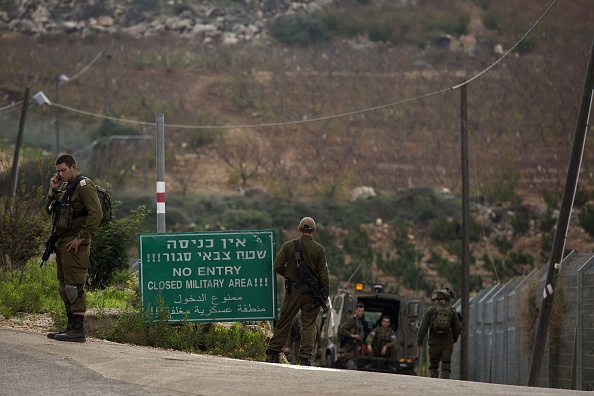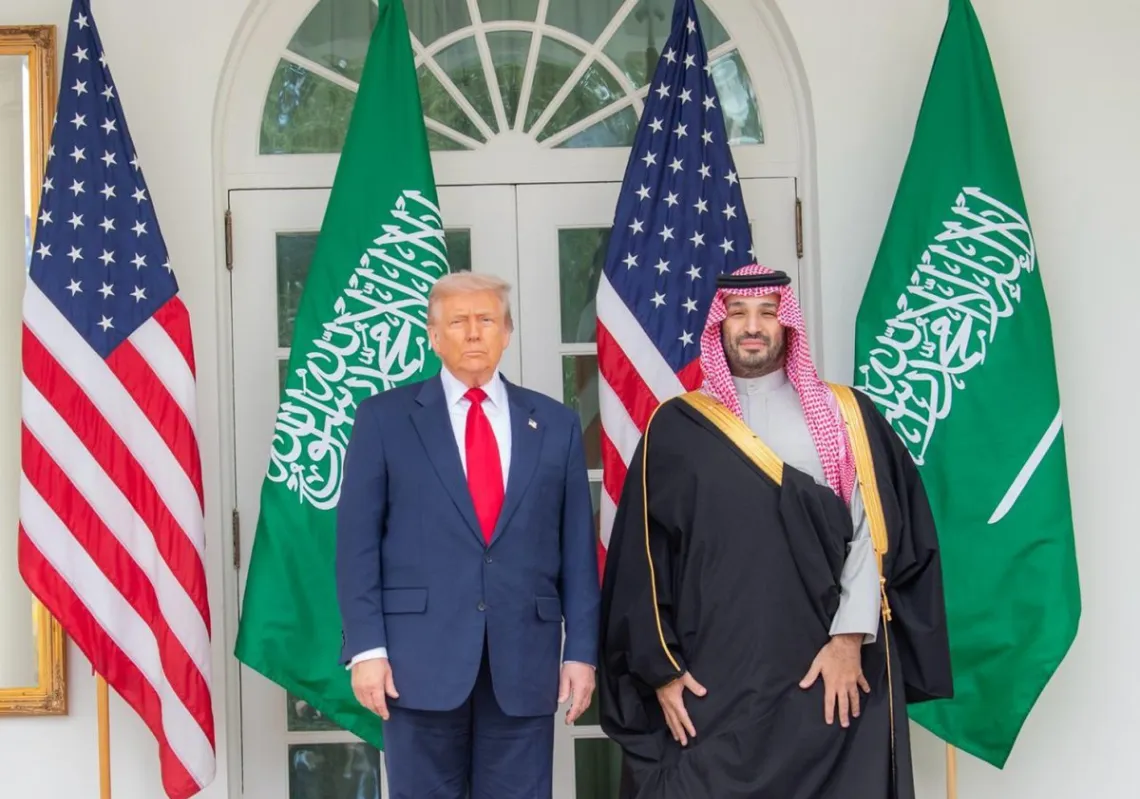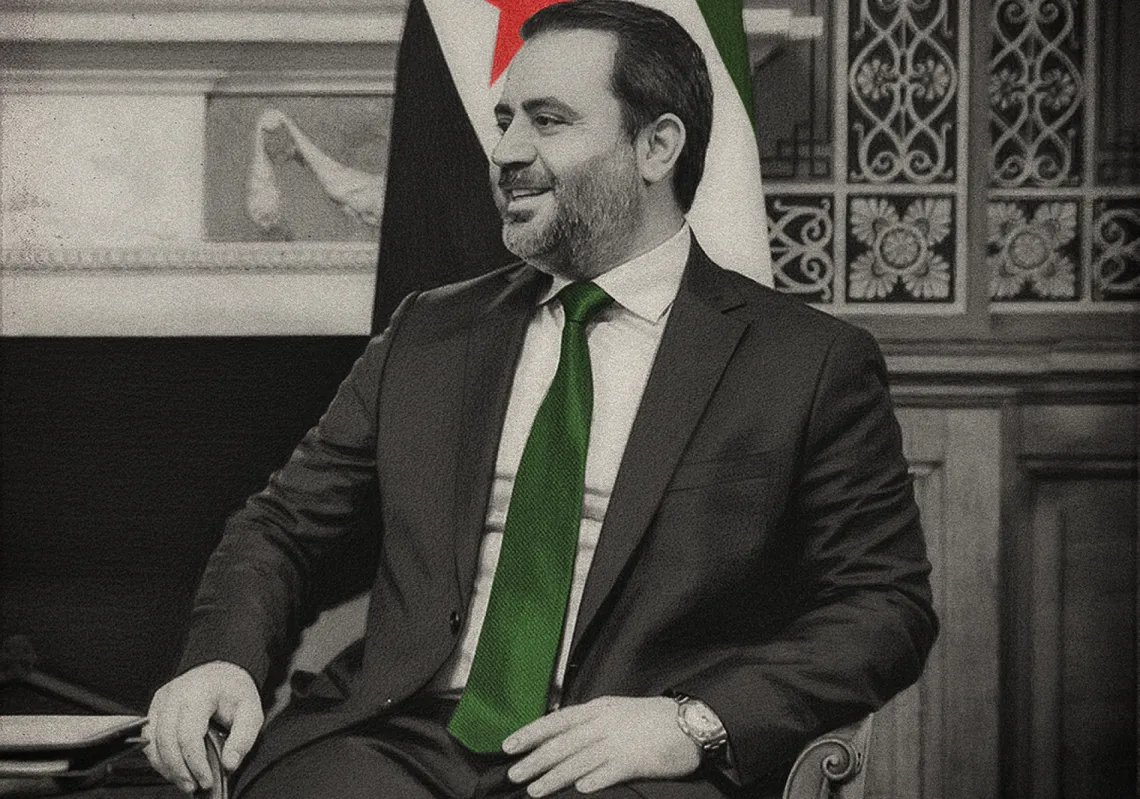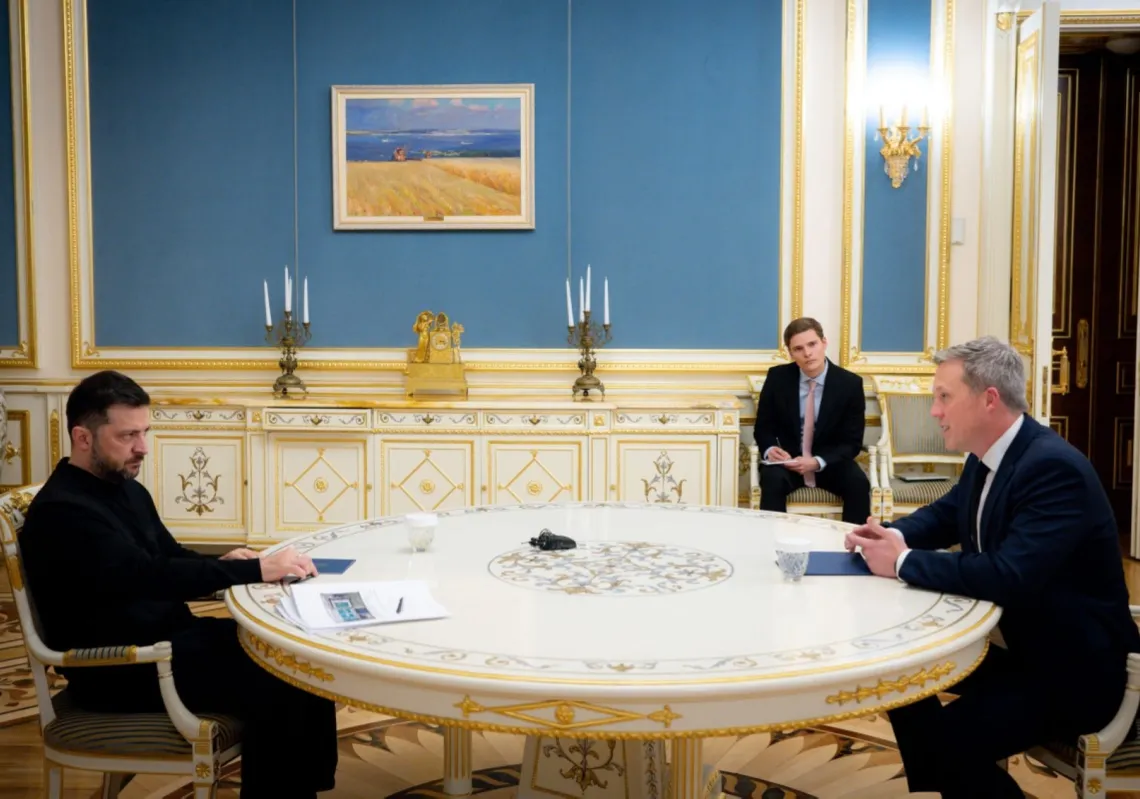The UNSC meeting will also deal with Hezbollah’s alleged violations of UN Resolution 1701. The resolution, which ended the 2006 Second Lebanon War, calls for the disarmament of the Iranian-backed Shiite organization and its activities in southern Lebanon. "Israel will expose Hezbollah's tactics and the indifference of the Lebanese government, which has turned a blind eye to the construction of an underground terrorist city in its territory. To fight the Shiite organization, we must use measures to silence Hezbollah and damage its terrorist operation," Israeli Ambassador to the UN Danny Danon said Wednesday.
Moreover, The IDF said it "holds the Lebanese government, the Lebanese Armed Forces and United Nations Interim Force in Lebanon (UNIFIL), responsible for all events transpiring in and emanating from Lebanon."
ON THE BORDER
Despite the Israeli exposure of the tunnels, Iran and Hezbollah have kept silent over the accusations and the operation. Only a few days prior to the beginning of Northern Shield, Hezbollah had issued a video showing aerial footage of vital Israeli facilities, including the Ministry of Defense, accompanied with a message in Hebrew reading, “If you dare attack, you will regret it.”
Although Hezbollah hasn’t responded or commented on the operation itself, the Israel-Lebanon border had never been this tense. Lebanese army patrols are now facing Israeli forces in those areas where the IDF is digging near the border, while Hezbollah watches covertly. With this rising tension, the potential for a mistake that could develop into a confrontation also rises.
Former Yahalom engineering commander Col. (Res.) Atai Shelach described the complexity of the Hezbollah tunnels on Tuesday, December 4, as making Hamas tunnels look like a kindergarten project in comparison. These tunnels penetrates about 40 meters into Israeli territory. The first one revealed was dug from within a building close to the Kafr Kila village in Lebanon, with a sophisticated system to camouflage that a large number of trucks and commercial vehicles have circled the structure in recent years while they removed the dirt and rocks that were excavated. Israel believes there are more tunnels of this type along the Lebanese border, and the IDF intends to eradicate them in the course of the operation. This means that this tension will continue for a few weeks, and risks of a confrontation will only intensify.

THE REAL THREAT
Confronting the tunnel threat is only one part of the puzzle. Hezbollah’s underground missile facilities are in fact much more dangerous. Hezbollah has probably refrained to respond because the tunnels themselves are not its main priority.
Even if the tunnel-blasting operation ends successfully without friction, the real threat is still there: Hezbollah’s precision missile project. Israel is more worried about the direct flights from Tehran to Beirut that provides Hezbollah with the GPS kits needed for Hezbollah to transform its regular missiles into precision missile, capable of hitting sensitive targets inside Israel. Netanyahu’s warning delivered via US Secretary of State Mike Pompeo in Brussels relates mainly to the precision-missile threat.
As most of its war goals in Syria had been secured, Iran appeared to shift its objectives toward establishing a military presence in that country while upgrading Hezbollah's fire precision and effectiveness. But once its Syrian facilities came under increased Israeli fire, Tehran began moving some of these activities into Lebanon, knowing that Israeli strikes would be more complicated there due to the escalation potential. Yet the prospect of Hezbollah acquiring or producing advanced "precision" weapons is Israel's main redline, and could put the parties on a collision course that leads to conflict in Lebanon.
Hezbollah is currently believed to possess around 130,000 missiles and rockets in Lebanon. In a future war, the IDF estimate they would launch thousands of them per day across the border. Currently, most of these weapons are unguided, thereby limiting their potential impact. Yet if large numbers of them are fitted with Iranian precision guidance kits, they are bound to present a greater threat.
But Hezbollah also knows that the next war would be wider and more destructive than in 2006, greatly affecting both its Shia constituency and Lebanon at large. Despite the progress it has made on the precision project, the group is not prepared for such a conflict. Unlike in 2006, the Levant is currently flooded with refugees and displaced persons, generating donor fatigue, regional polarization, and multi-front challenges that would make international postwar reconstruction in Lebanon more doubtful this time around. Foreign funding from Gulf, Western, and Iranian sources has decreased, and Hezbollah is in a serious financial crisis. The group’s losses in Syria far exceed those of 2006, and the leadership understands that the battle experience its forces gained in defending the Assad regime would have only limited relevance against Israel’s military power.
Given these factors, the group seems intent on avoiding war with Israel, viewing the precision project as a way to strengthen its deterrence rather than escalate tensions. But for Israel, this is an increasing risk, and Hezbollah will not be allowed to acquire or produce such missiles. So if Israel goes forward with a kinetic approach such as targeted airstrikes, the group might feel obliged to retaliate, and the probability of escalation will rise.
WHERE IS THE LEBANESE STATE?
No one expects the Lebanese government to contain Hezbollah’s operations in Lebanon. But there is a difference between doing nothing and actively covering up for Hezbollah. For example, following Netanyahu’s pointed revelations at the UN regarding secret airport sites, Lebanese officials sought to protect Hezbollah’s precision project through obfuscation. Interim foreign minister Gebran Bassil belittled the preponderant evidence as mere “allegations,” then invited a group of ambassadors to tour some of the sites.
This is part of the growing power of Hezbollah and its patrons in Tehran within Lebanon and its state institutions. For the first time, Hezbollah has democratically won Lebanon during the May parliamentary elections and has since dictated all its conditions on Lebanon. They are even happy to hold the country hostage and hamper the government formation as long as there are minor objections to their conditions.
This means that the line that separates Lebanon from Hezbollah is getting more blurred, and that the next war is not going to differentiate the two entities. As the risks of war grow and the international community sends warnings to the Lebanese political leadership, Hezbollah remains unresponsive when it comes to the potential of war. The Lebanese people still need to start realizing the looming disaster and the repercussions of Hezbollah’s power over their daily lives. When the people start asking questions, Hezbollah will have to respond, and eventually be held accountable for its actions.









